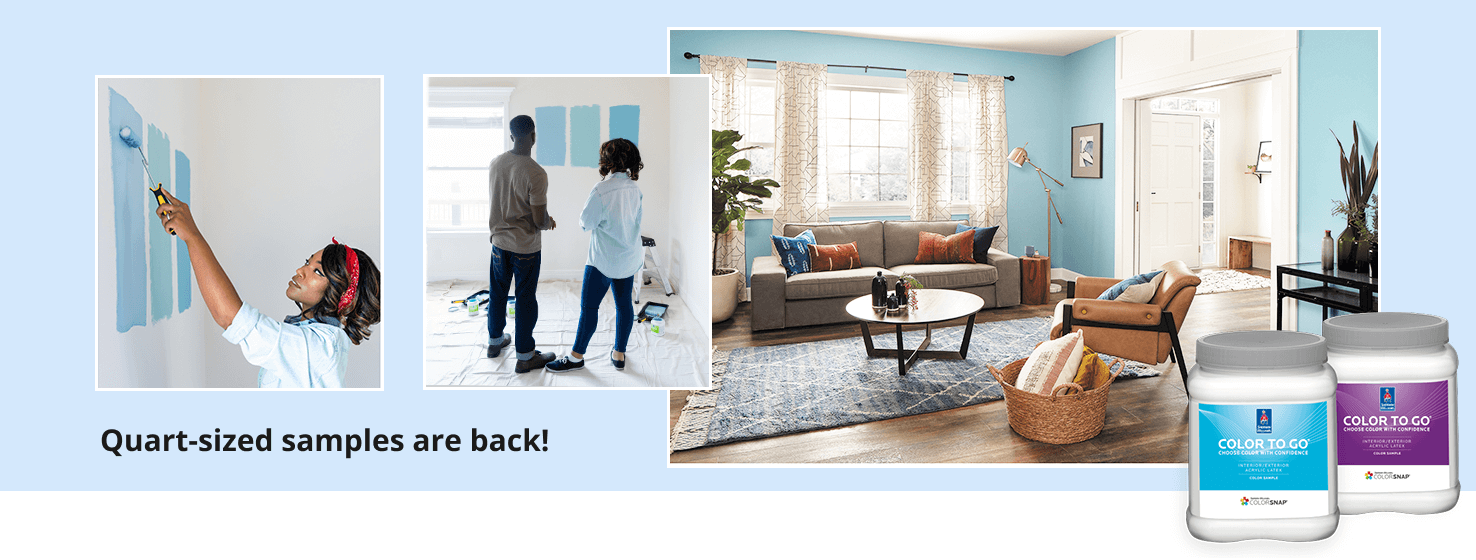Home Sampling: Exploring the Benefits and Process
Did you know that home sampling has become a revolutionary concept in today’s world? More than ever, consumers are being encouraged to try products in the comfort of their own homes. This not only enhances customer satisfaction but also helps brands gather valuable insights. In this article, we will dive deep into the world of home sampling, exploring its benefits, the process involved, and various products that can be sampled at home.
Understanding the need for home sampling is crucial, especially in a fast-evolving market. Particularly in sectors like cosmetics, food, and health products, consumers are overwhelmed by choices and are often hesitant to commit to a purchase without trying it first. Home sampling addresses this challenge by allowing users to experience products firsthand before making a financial commitment. This article will provide you with an extensive overview of home sampling.
Throughout this piece, readers will discover the various advantages of home sampling, the methodology behind it, tips for successful sampling, and the potential implications on consumer behavior. By the end of this article, you’ll have a comprehensive understanding of how home sampling is changing the way we interact with products.
Understanding Home Sampling
Home sampling refers to the practice of sending samples of products directly to consumers for them to try in their own living environment. This allows for a more personalized experience and often leads to increased consumer trust in brands.
The Rise of Home Sampling
Over the past few years, the trend of home sampling has gained significant momentum. Brands have recognized that consumers prefer trying products in their own settings, making home sampling an integral part of marketing strategies.
Consumer Preferences
- Convenience: Shoppers appreciate the ability to try products without the pressure of an in-store purchase.
- Risk Mitigation: Sampling reduces the perceived risk associated with trying new products.
- Feedback Opportunities: Brands receive valuable insights from consumers about their products.
Statistics on Home Sampling
According to recent surveys, over 70% of consumers prefer to receive samples at home rather than in-store. This statistic highlights the shifting attitudes towards shopping and product trial.
The Home Sampling Process
Understanding the home sampling process is essential for both consumers and brands looking to implement this strategy effectively.
Step-by-Step Guide to Home Sampling
- Identify Potential Products: Brands should select diverse products that appeal to their target audience.
- Choose the Right Channels: Sampling can occur through subscription boxes, direct mail, or promotional events.
- Engage with Consumers: Following up post-sampling for feedback is crucial in understanding consumer sentiment and improving products.
Distribution Channels
Home samples can be distributed through various channels, each with its unique advantages. Popular distribution methods include:
- Mailing Lists: Building a database of interested consumers allows brands to send samples directly to potential customers.
- Partnerships: Collaborating with influencers or subscription box services can enhance reach and engagement.
- Social Media: Brands can leverage platforms to promote sampling opportunities, engaging with their audience effectively.
Types of Products Commonly Sampled at Home
Home sampling spans a wide range of products, catering to various consumer needs and desires.
Beauty and Personal Care Products
Cosmetics and skincare items are among the most commonly sampled products. Brands often offer sample kits to introduce new lines or promote launches.
Popular Beauty Samples
- Moisturizers: These provide consumers the chance to evaluate effectiveness before purchase.
- Perfumes: Fragrance samples enable users to experience scents intimately.
- Makeup: Foundations, lipsticks, and more allow for comprehensive trials.
Food and Beverage Samples
Food sampling is another significant area where home sampling can thrive, allowing consumers to experience new flavors and products.
Popular Food Samples
- Snacks: Chips, bars, and specialty items can attract attention through tasting.
- Beverages: Trial packs of new teas, coffees, or health drinks offer a compelling reason to try something new.
Benefits of Home Sampling for Brands
Implementing home sampling strategies can yield numerous benefits for brands seeking to enhance customer relationships.
Building Brand Loyalty
When consumers receive a free sample and it meets their expectations, they are more likely to develop loyalty towards the brand.
Enhanced Customer Relationships
- Trust Development: Providing samples allows consumers to feel valued and understood.
- Increased Engagement: Follow-up surveys or direct communications can enhance customer service.
- Long-Term Customers: Satisfied customers are likely to return for future purchases.
Collecting Consumer Data
Through home sampling, brands can gather analytics that guide their marketing strategies.
Data Insights
- Consumer Preferences: Understanding what works helps brands make informed decisions.
- Enhancing Product Development: Feedback leads to product improvements.
Challenges of Home Sampling
While home sampling presents numerous advantages, it also comes with its own set of challenges that brands must navigate.
Consumer Perception
- Quality Concerns: Some consumers may associate free samples with inferior products.
- Logistical Issues: Shipping and managing inventory can become complex.
Cost Management
Balancing the costs associated with product sampling against the anticipated benefits is critical for success.
Conclusion
Home sampling is a powerful tool that allows consumers to explore new products without the pressure of a purchase. This approach not only fosters greater trust between consumers and brands but also offers valuable insights that can shape future marketing strategies. As you navigate through the possibilities of home sampling, remember the potential it holds to create significant connections with your audience.
Whether you’re a consumer or a brand, understanding the dynamics of home sampling can lead to more informed decisions. With the growing trend of personalized marketing experiences, embracing home sampling might just be the key to success in a competitive market.
For further reading on the topic, you can check out additional insights on home sampling strategies and latest trends in consumer behavior.

In conclusion, home sampling is not merely a trend but an essential part of the modern marketing landscape that benefits both consumers and brands alike.
